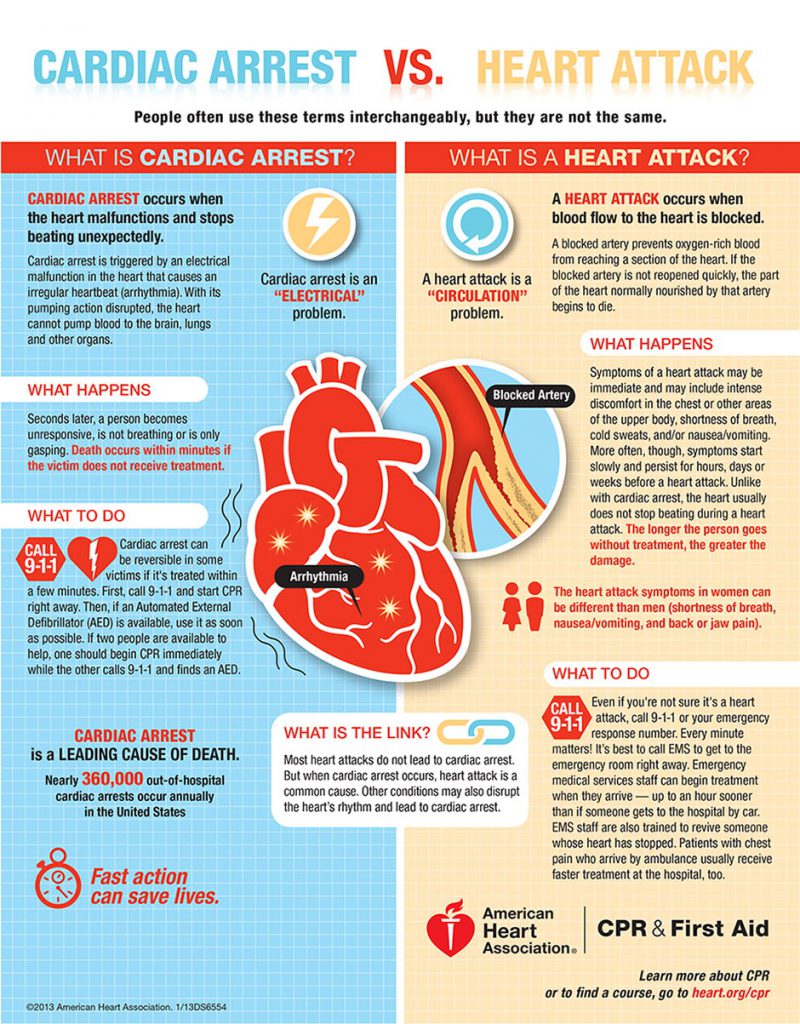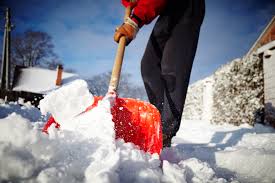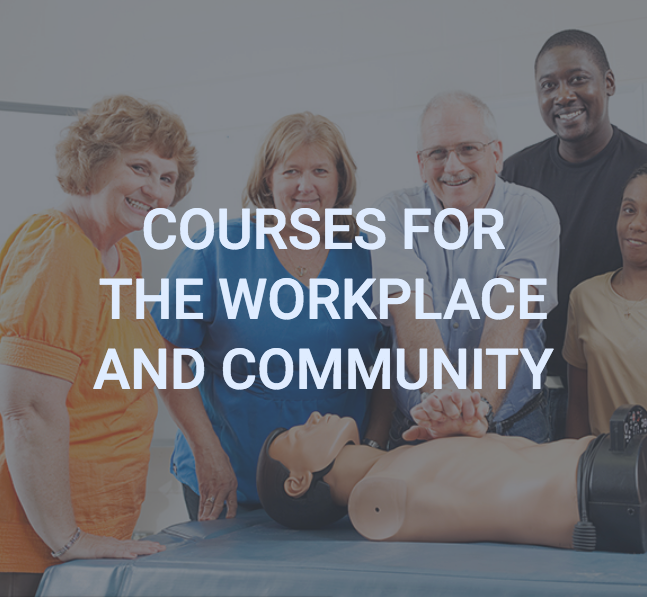Although stay-home orders are slowly being relaxed in Minnesota, many people remain reluctant to leave home for anything non-essential. The good news is that many businesses have adapted to this new normal, offering curbside pickup, online ordering, telehealth appointments and more.
In order to continue providing CPR training to medical professionals, essential workers and laypeople who wish to become CPR certified, HeartCert CPR is now offering virtual CPR classes that can be fully completed at home.
In our virtual CPR courses, students watch interactive training videos and complete written tests online, from home. We send a CPR manikin and supplies in the mail. Then, we schedule a virtual skill session with one of our instructors.
Watch this short video for instructions on how to assemble your manikin at home.
Once you’ve completed all portions of the virtual training, you’ll receive a two-year American Red Cross certification card. (If you need an American Heart Association certification, please contact us.)
We are also still holding in-person CPR training courses. We have taken all necessary safety measures, including disinfecting and social distancing. Take a look at our course schedule.
How Can We Help?
Do you have questions about virtual CPR training, in-person classes and safety precautions, AHA certification cards, or any other aspect of the HeartCert CPR training process? Give us a call at 651-261-2314.
Protect the hearts of those around you by taking a CPR/AED course with HeartCert CPR. Register for a virtual CPR course today.
HeartCert CPR is your trusted training partner for CPR, ACLS, PALS, EMR and First Aid in the Twin Cities and throughout greater Minnesota. HeartCert offers a variety of courses, including CPR/AED/First Aid and CPR/AED, Basic Life Support (BLS), Advanced Cardiac Life Support (ACLS), and Pediatric Advanced Life Support (PALS). Courses and certifications from both the American Heart Association and American Red Cross are available.
Find your CPR class at any of our convenient Twin Cities locations, including our headquarters, HeartCert CPR Eagan.




 Winter has officially arrived in Minnesota, with snow storms the past two weekends forcing residents state-wide to pull out our shovels and fire up our snow blowers. Clearing our driveways and sidewalks is an added duty that we all have to tackle each winter and although it may be tiring and inconvenient, it can also be dangerous. A study conducted by US Nationwide Children’s Hospital found that every winter, almost 100 people in the United States die from cardiac-related injuries associated with snow shoveling.
Winter has officially arrived in Minnesota, with snow storms the past two weekends forcing residents state-wide to pull out our shovels and fire up our snow blowers. Clearing our driveways and sidewalks is an added duty that we all have to tackle each winter and although it may be tiring and inconvenient, it can also be dangerous. A study conducted by US Nationwide Children’s Hospital found that every winter, almost 100 people in the United States die from cardiac-related injuries associated with snow shoveling. 

